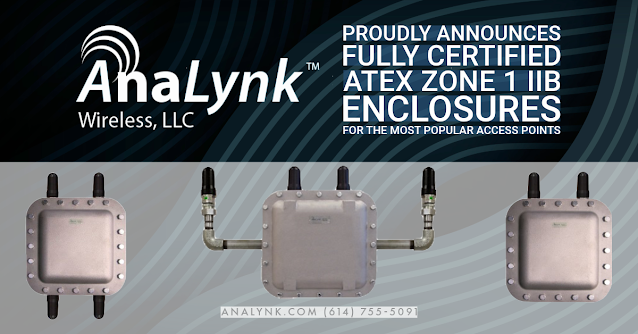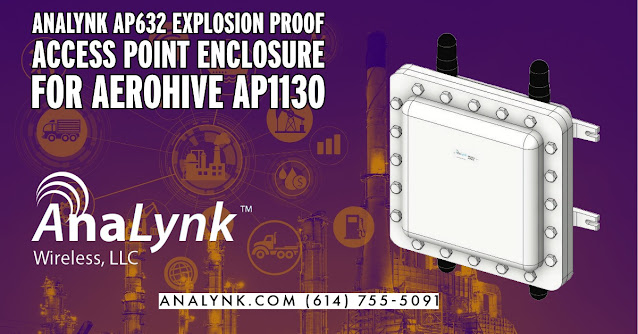The European Union (EU) Zone 1, IIB classification plays a crucial role in the ATEX directive framework, setting standards for equipment and protective systems in potentially explosive atmospheres. This classification specifically targets manufacturers, engineers, and safety professionals designing, producing, or operating equipment within hazardous environments.
The ATEX directive, originating from the French "ATmosphères EXplosibles," categorizes environments into several zones based on the frequency and duration of explosive atmospheres' occurrences. Zone 1 defines areas where a mixture of air and flammable substances, gas, vapor, or mist, occasionally occurs during regular operation. This zone presents a lower risk than Zone 0, where explosive atmospheres exist continuously or for long periods, but a higher risk than Zone 2, where such atmospheres are unlikely during regular operation.
Within this context, the IIB classification addresses the specific types of gases or vapors that may be present. It dictates the necessary construction and testing standards for equipment to ensure safety. The gas groups are classified based on the gases' minimum ignition energy, with Group IIB covering gases like ethylene, which have higher minimum ignition energies than those in Group IIA (like propane) but lower than those in Group IIC (like hydrogen or acetylene).
Equipment designed for use in Zone 1 and IIB areas must prevent ignition sources, even under fault conditions, from igniting the specified explosive mixtures. This requires careful design to avoid electrical arcs, control surface temperatures, and seal parts that could release explosive gases.
Manufacturers and operators must ensure equipment meets essential health and safety requirements and undergo proper conformity assessment procedures. They must also provide equipment bearing the CE marking and the Ex symbol, indicating ATEX compliance. Additionally, they should include specific zone and group markings—in this case, Zone 1 and Group IIB—to demonstrate the equipment's suitability for the intended hazardous environment.
The Zone 1, IIB classification underscores the commitment to safety by mandating that equipment and protective systems are adequately designed and tested for safe operation in potentially explosive atmospheres. Adhering to the ATEX directive, particularly within Zone 1, IIB classification parameters, is not merely a regulatory requirement but a critical component of risk management in industries handling flammable substances. Compliance ensures the protection of lives and property by minimizing the risk of ignition in hazardous environments.
Analynk is a company that offers a range of enclosures and antennas designed to provide a secure and safe environment for wireless access points in hazardous locations. With Analynk enclosures, you can quickly deploy popular access point models such as Aruba/HP, Cisco, Meraki, and others in ATEX Zone 1, IIB atmospheres. If you're concerned about the safety and security of your access points in hazardous locations, then Analynk's enclosures are the perfect solution. You can contact Analynk today to learn more about their hazardous area access point enclosures and how they can help you keep your wireless network secure even in the most challenging environments.
(614) 755-5091
https://analynk.com






